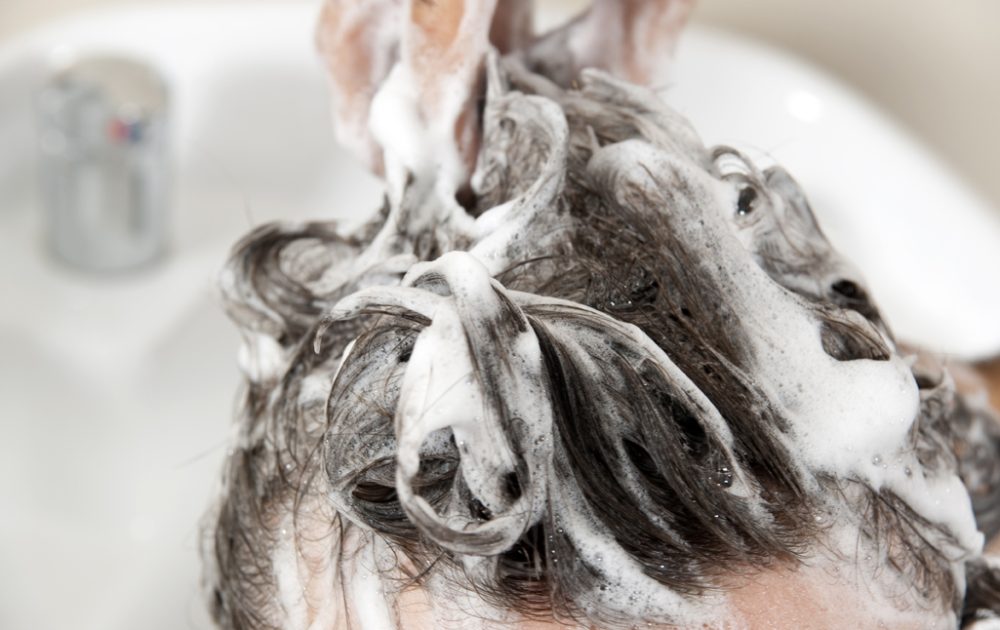Our test tells you which everyday chemicals you've recently come into contact with, and easy steps you can follow to reduce your exposure to them.
Are you ready to switch your shampoo?

Welcome to January, the month where many of us will make New Year’s resolutions about our health and well-being. And where ‘Dry January’ and eating plant-based for the month – ‘Veganuary’ – have made the usual headlines, there are other smaller changes you can make to improve your consumption and how it impacts your body and environment.
Here at lastinghealth, we’d like to encourage you to think more about the products you use on a regular basis and what they could be doing to your health. Most of us use a personal care or beauty product in our day-to-day lives – but many of the products we see as staples could be swapped out for something much better for you. A lot of the products which line our bathroom cabinets and bedside tables contain ingredients which have potentially endocrine disrupting properties, known as EDCs.
What are endocrine disrupting chemicals (EDC’s)?
EDC’s are chemicals which can interfere with the normal production and regulation of hormones and change the body’s normal sensitivity to hormones. They can increase or lower the effect of hormones on normal body functions and upset a natural healthy balance. Endocrine disruptors have been proven to change the amount of hormone released, as well as the concentration in the bloodstream.
According to the EU Environment Commission ingredients which are thought to contain EDCs include phenols and parabens – which make regular appearances on the ingredients labels of hygiene products.
So, we took a trip down the aisles of a popular high street heath and beauty retailer to see whether there were products on the shelves that cut out some of these components – and make it clear. Our first stop was the shampoo aisle which offered a wide range of brands, price points and product benefit claims. In among the mainstream brands it was encouraging to see an emerging selection of products with clearer ingredients labels. Many proudly presented being ‘Free from’ certain chemical groups – including parabens and phthalates. One brand even included the claim, “100% sulphate free” on the front of the bottle. Although these brands were less consistent, it was easier to deduce their ingredients information than their mainstream counterparts. Not all claims were credible however, for example a few brands state they are ‘Vegan Friendly’, but don’t explain why.Next, we looked at a popular skincare product – body scrub.
The majority of items had the usual long list of ingredients on the label. Most of ingredients listed were unfamiliar and to be honest, quite overwhelming to understand – making it easier to ignore. However one brand, Dead Sea, stood out from the rest, simply because the list of ingredients was so short – it contained nothing more than sea salt and a natural essence. How refreshing.
While there is a long way to go before the beauty industry adopts a common approach for labelling of ingredients which might have endocrine disrupting chemicals, it was reassuring to see small steps being taken. Legislation on product labelling is tightly restricted, but it has a long way to go before it become more user-friendly with mainstream brands.
For more information on endocrine disrupting chemicals please visit our EDC information page.